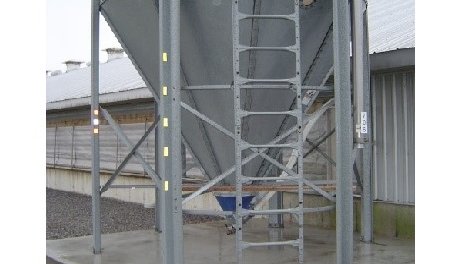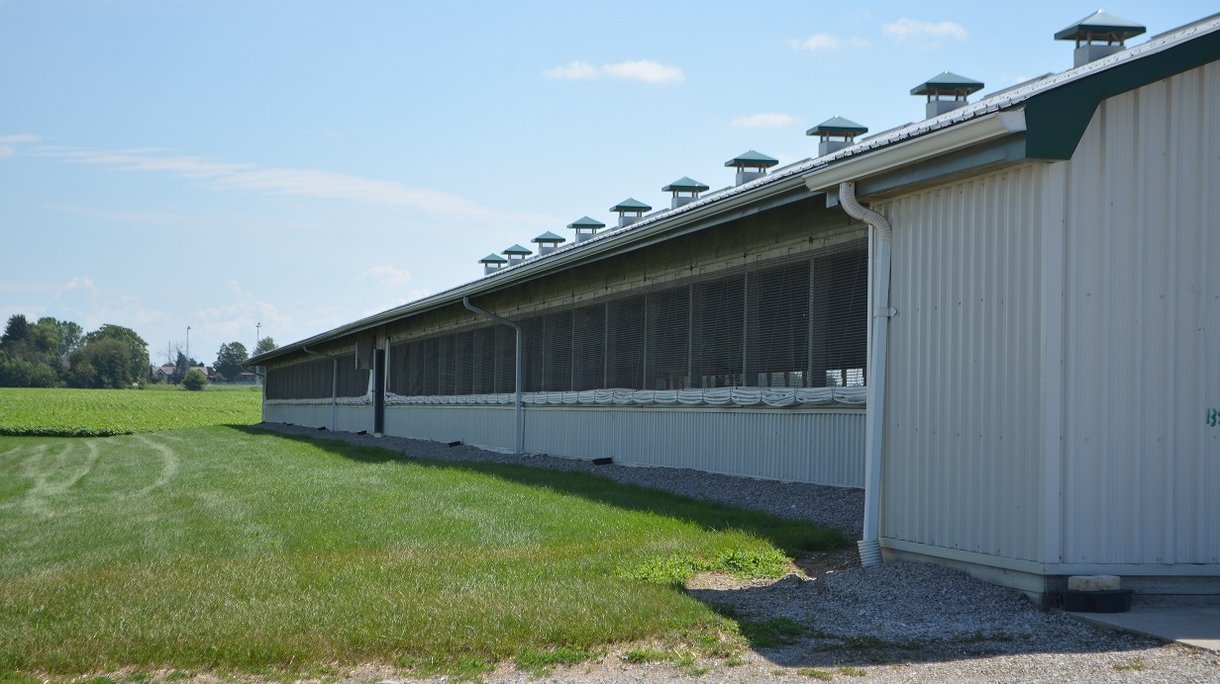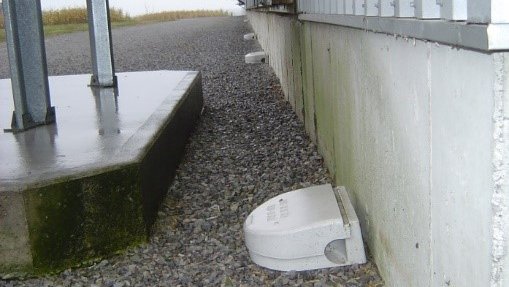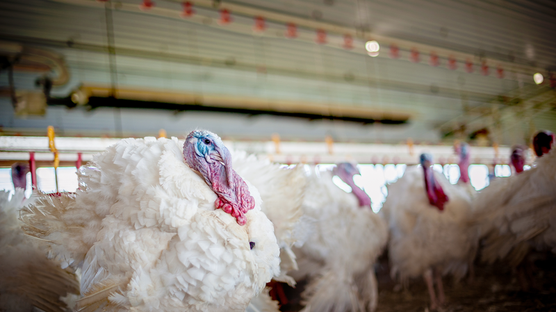
Published on Feb. 19, 2019
Hold the line against rodents this winter
Unfortunately for us, rodents such as mice and rats are impressive little creatures. They are able to squeeze through openings as small as half an inch, they can memorize routes, and tend to avoid new objects (such as traps).
Because of their continuously growing incisors, their drive to chew anything and everything leads to significant damage. They also consume expensive feed and can easily act as a vector for diseases such as avian influenza. During the cold winter months, these resilient critters will look for a nice, warm spot. Don’t let your barns become their new home!
Secure your feed

As an easy first step, make sure rodents are not attracted to your barn by spilled feed. Pictured above is a good example of how your feed storage areas should look. Not only can spilled feed attract rodents, but wild birds are another potential risk that can carry disease.
Nowhere to run

Next, remove any places where rodents can get into the barn under cover. A gravel barrier of 3-4’ along all exterior walls is highly recommended. The gravel should be coarse, but not so much that it allows holes for rodents to hide in. Cut back trees and grass from around the barn, and keep the exterior free from equipment.
In addition, take a look at the exterior walls; any holes or gaps found under doors or windows need to be sealed. Steel wool and expansion foam can be an easy, effective way to seal holes. Doors with good sweeps are also very effective.
Well-placed traps

Placing of stations should vary with the condition of the barn and levels of rodent activity. 50-75’ (15.24 -22.86 m) and by the entryway is a good range. Pictured above is a good example of bait station placement. The station is right beside the barn wall and free from any weeds or grass. Stations should be inspected monthly, although the frequency varies on rodent pressure and surroundings. Inside the barns, consider placing mechanical traps in the entryway and attic as well as storage, and maintenance rooms.



